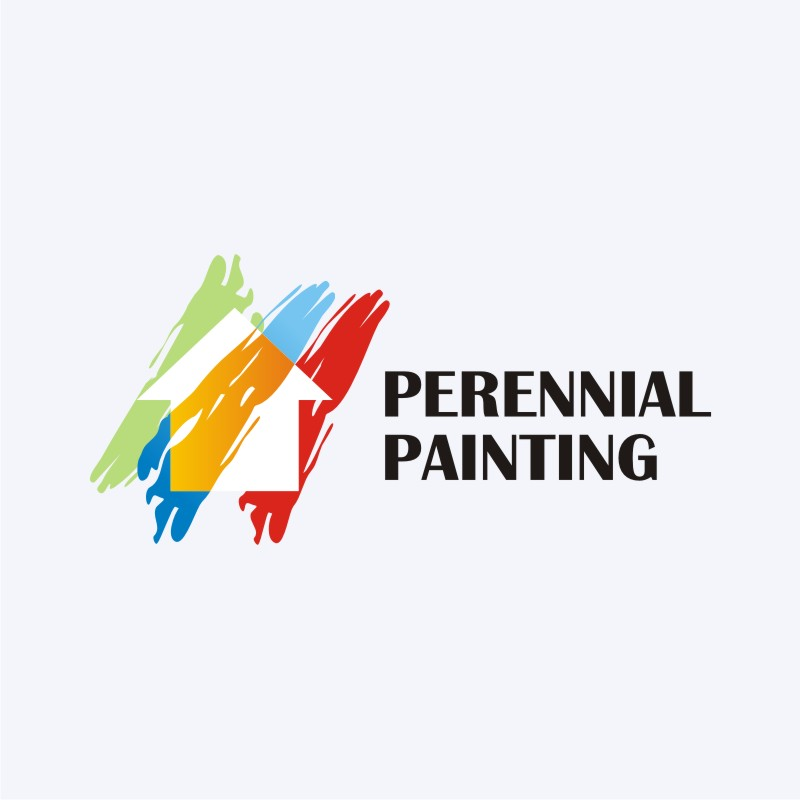Seasonal Factors In Business Exterior Painting: Trick Insights You Need To Understand
Seasonal Factors In Business Exterior Painting: Trick Insights You Need To Understand
Blog Article
Author-Burnham Urquhart
When you're preparing a business exterior paint task, seasonal aspects can make or damage your results. You'll intend to take into consideration exactly how temperature level and humidity effect paint application and drying out times. Picking the appropriate season can ensure your paint sticks properly and lasts longer. But which periods are really the best for this sort of job? Let's discover the key elements that can impact your project's success.
The Impact of Temperature on Paint Application
When you're preparing an industrial outside paint job, the temperature can dramatically affect how well the paint sticks and dries.
Preferably, you wish to repaint when temperatures range between 50 ° F and 85 ° F. If it's too cold, the paint may not heal properly, causing problems like peeling or breaking.
On the other side, if it's as well warm, the paint can dry as well promptly, stopping proper attachment and causing an unequal coating.
You must also consider the moment of day; early morning or late afternoon offers cooler temperatures, which can be extra desirable.
Constantly examine the manufacturer's suggestions for the specific paint you're using, as they commonly offer guidance on the excellent temperature level array for ideal results.
Moisture and Its Effect on Drying Times
Temperature isn't the only ecological element that influences your business external paint job; humidity plays a considerable role as well. High moisture levels can slow down drying times significantly, affecting the general top quality of your paint work.
When the air is saturated with dampness, the paint takes longer to treat, which can result in problems like bad adhesion and a higher danger of mildew development. If you're painting on a particularly damp day, be gotten ready for prolonged wait times in between layers.
It's essential to keep an eye on regional weather and plan as necessary. Preferably, go for humidity levels between 40% and 70% for optimum drying out.
Maintaining these factors in mind ensures your job stays on track and supplies a lasting coating.
Best Seasons for Commercial Exterior Painting Projects
What's the very best time of year for your commercial exterior paint projects?
Spring and very early fall are generally your best bets. During should you paint walls and ceiling same color , temperatures are light, and moisture levels are frequently lower, developing ideal problems for paint application and drying out.
Avoid summer season's intense heat, which can cause paint to completely dry as well quickly, leading to poor bond and coating. Likewise, winter months's cold temperatures can impede proper drying and treating, risking the long life of your paint task.
Go for days with temperatures in between 50 ° F and 85 ° F for ideal outcomes. Keep in mind to check the regional weather prediction for rain, as wet problems can wreck your project.
Read the Full Piece of writing around these variables ensures your paint project runs smoothly and lasts longer.
Verdict
In conclusion, preparing your commercial outside painting jobs around seasonal considerations can make a substantial difference in the outcome. By organizing job throughout the suitable temperature levels and humidity levels, you'll make sure far better adhesion and drying times. Bear in mind to watch on regional weather report and pick the correct time of year-- spring and early fall are your best options. Taking these steps will certainly aid you accomplish a durable and professional coating that lasts.
